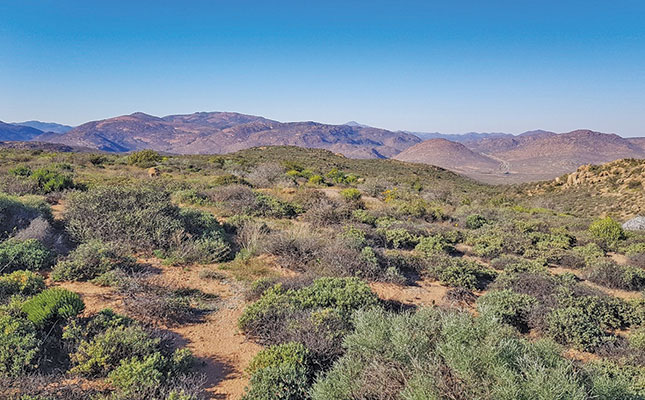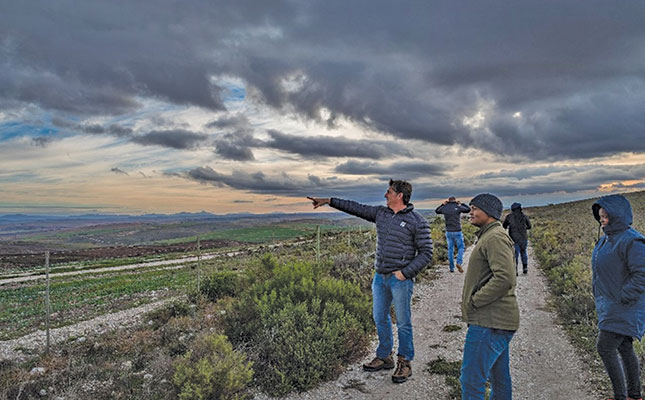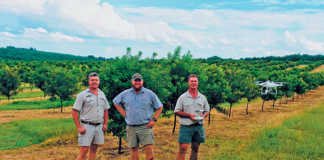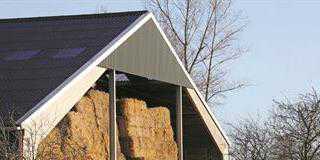
Photo: Supplied
When we think of the dry, expansive landscapes in some parts of South Africa, the phrase ‘rich and varied biodiversity’ might not be the first thing that comes to mind.
However, many people might be surprised to know that the Succulent Karoo, which stretches from southern Namibia down the West Coast of South Africa and then east into the Klein Karoo, is internationally renowned for its astonishing plant diversity. This region is home to around one-third of the world’s succulent plant species, many of which are endemic to the area.
South African succulent plants come in a wide and wonderful variety of colours, shapes and sizes, from the stone-like bababoudjies [Gibbaeum heathii] to the towering halfmens [Pachypodium namaquanum].
The Leslie Hill Succulent Karoo Trust (LHSKT), which aims to protect and preserve indigenous plant species in the Succulent Karoo region, was established in 1995 by its namesake, the late Leslie Hill, who died in 2003. An accountant and financier by trade, Hill had a lifelong passion for succulent plant species, and he appointed World Wide Fund for Nature (WWF) South Africa as the sole beneficiary of the trust.
With funding provided by the LHSKT, the WWF has expanded and established nature reserves and national parks in the region to better protect its unique plants, animals and landscapes. In turn, this will help to ensure that current and future generations will have an opportunity to appreciate these species in their natural habitat.
Thanks to LHSKT funding, over 300 000ha have been added to the Succulent Karoo conservation estate. This has resulted in a dramatic increase in the number and type of plant species protected in the ecoregion.
A lasting legacy
Although achievements such as these are the result of partnerships with other NGOs and government departments, they would not be possible without the funding from the LHSKT.
This demonstrates just how much of a legacy one passionate person can leave behind. The WWF helps South Africa work towards achieving both national and international conservation targets. One example of these is the current international goal that 30% of the world’s land and marine environments be protected in some way by 2030.

These targets are based on what science tells us is the minimum level of biodiversity required to safeguard the species and processes that allow our planet to continue to support human life as we know it.
The WWF works towards these targets using a variety of mechanisms. They include the buying of strategic conservation-worthy land to add to protected areas, such as the Knersvlakte Nature Reserve and the Namaqua National Park, both of which are located in the Succulent Karoo, to name a few.
However, land is not always available for purchase in the Succulent Karoo. So over the past 10 years, the focus of the WWF’s work funded by the LHSKT has shifted to include alternative conservation strategies for this semi-arid landscape.
Both the WWF and the LHSKT began to fund projects with NGO partners to work with the people living in the region, be they communities, farmers and/or landowners.
As it stands, the WWF has already funded projects with partners such as CapeNature, the then Northern Cape Department of Environment, Wilderness Foundation Africa, and Conservation South Africa.
Through these projects, the WWF has an opportunity to work directly with landowners and communities that are recognised as important stewards of much of South Africa’s biodiversity in areas that also support livelihoods in the tourism and agricultural industries.
And since many landowners and communities are already conserving the fauna and flora on their land, it is often preferable to keep people living and working in the landscape who understand it and have a deep connection to it.
Biodiversity stewardship
South Africa’s biodiversity stewardship model provides a way for communal and private landowners to receive formal recognition of and protection for their land through voluntary agreements, while retaining ownership of the land and continuing to manage it.
Depending on the type of voluntary agreements that landowners sign, biodiversity stewardships can provide them with protection against threats from mining, for example; tax benefits to assist them with the management costs of the land; and access to extension services from NGOs and the state.
In some instances, signing a stewardship agreement can lead to incentive funding to assist with aspects of land management such as erosion control and the clearing of invasive alien plant species.
Biodiversity stewardship across South Africa has already been hugely successful. There are numerous examples from across the country of landowners and communities who have chosen to participate in the conservation of their land because it is home to unique biodiversity, thereby leaving behind their own legacies for the benefit of future generations.
The proliferation of protected areas, and the contributions made towards achieving South Africa’s national and international conservation targets, would not be possible without these passionate landowners and communities.
Mining vs agriculture
The WWF is seeing a renewed interest in mining activities in the arid and semi-arid parts of South Africa. And while mining is an important part of the country’s economy, it isn’t always desirable in certain areas, and can pose a direct threat to both biodiversity and the livelihoods of people who make a living off the land.
While mining and conservation might not always go hand in hand, agriculture and conservation often do. In fact, some landowners have had portions of their lands declared as protected areas, and continue farming on the remainder.
The ‘wild’ parts of their properties not only help protect biodiversity, but also provide crucial ecosystem services, such as pollination and erosion control, to the rest of their lands. In some cases, carefully controlled grazing can be used as a management tool for the protected areas, benefitting both livestock and veld.
The WWF and the LHSKT believe in a future in which South Africa is home to healthy landscapes that support nature, biodiversity and livelihoods.
Email Jan Coetzee at [email protected].












